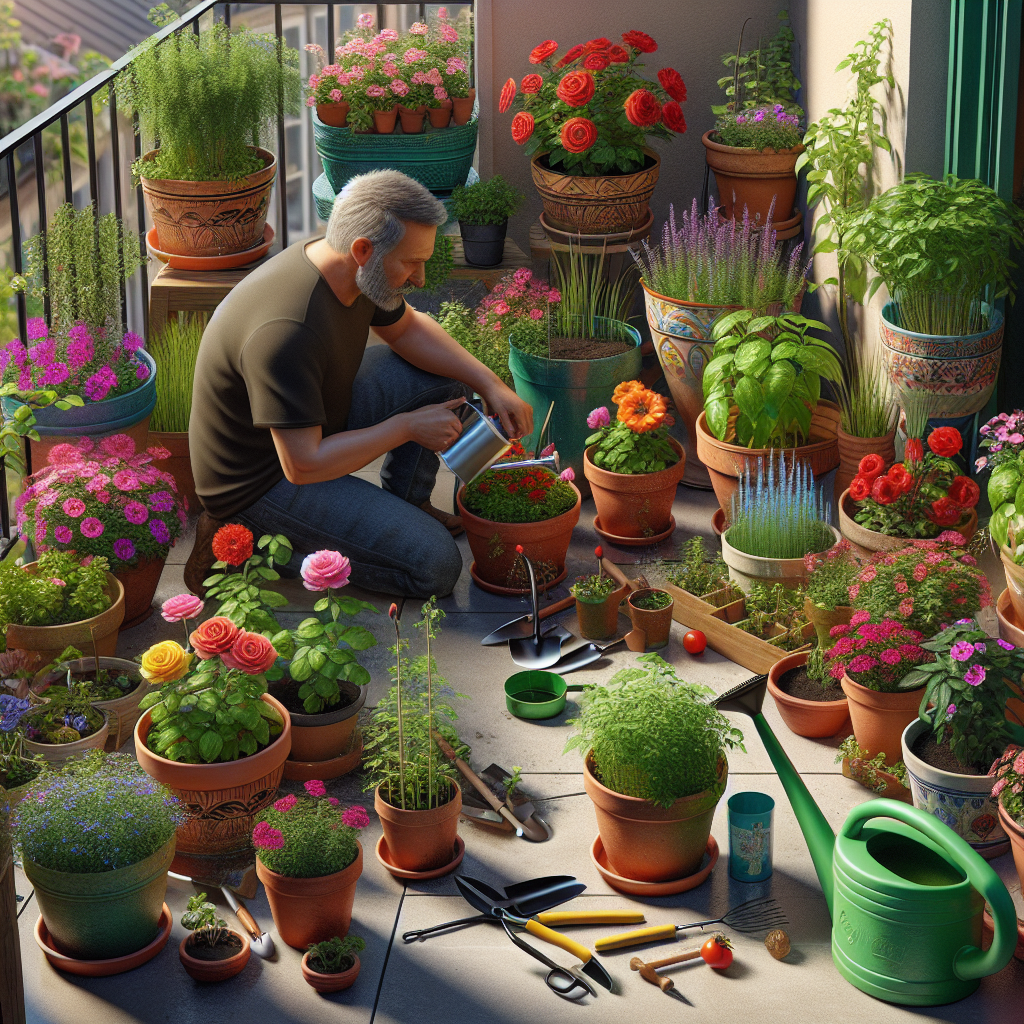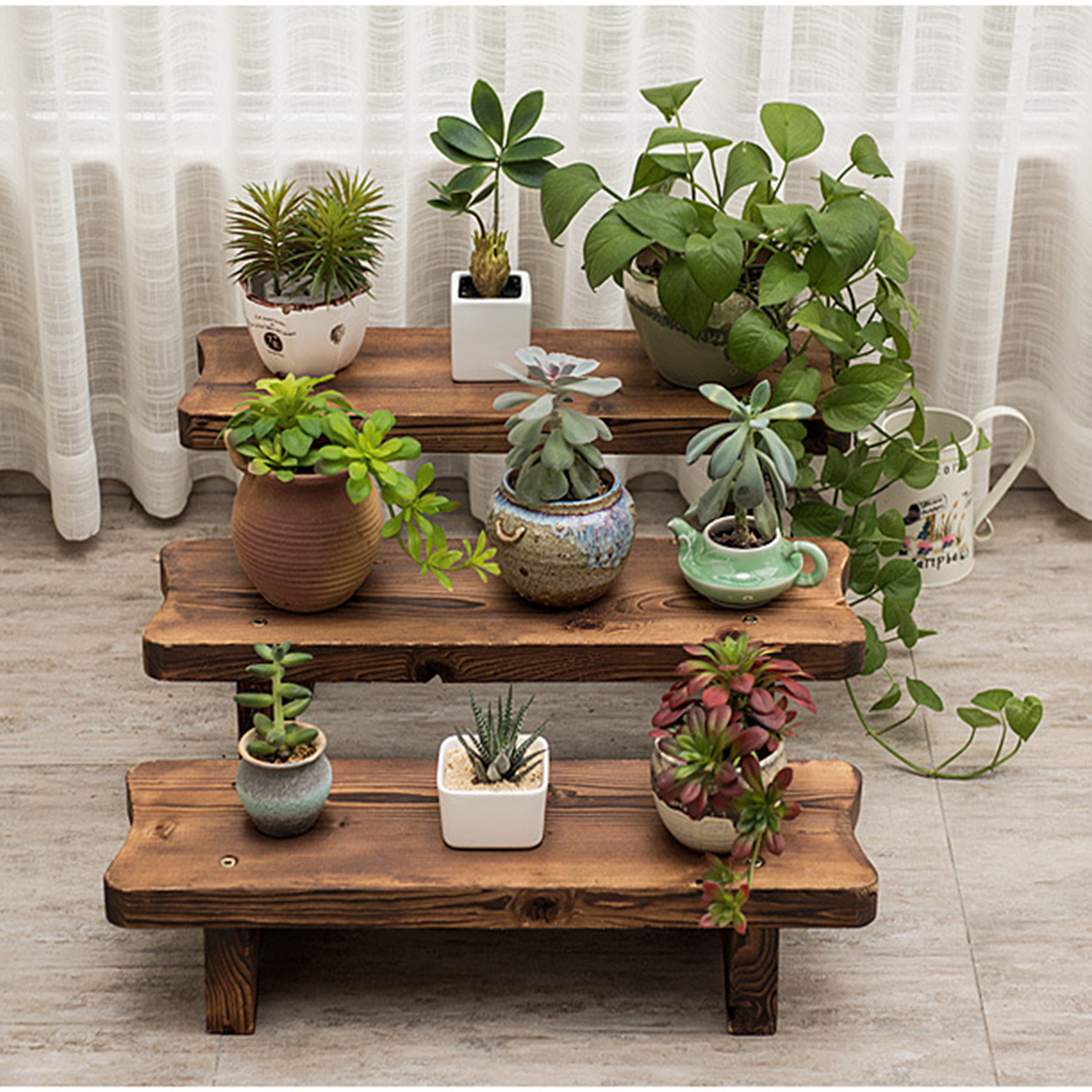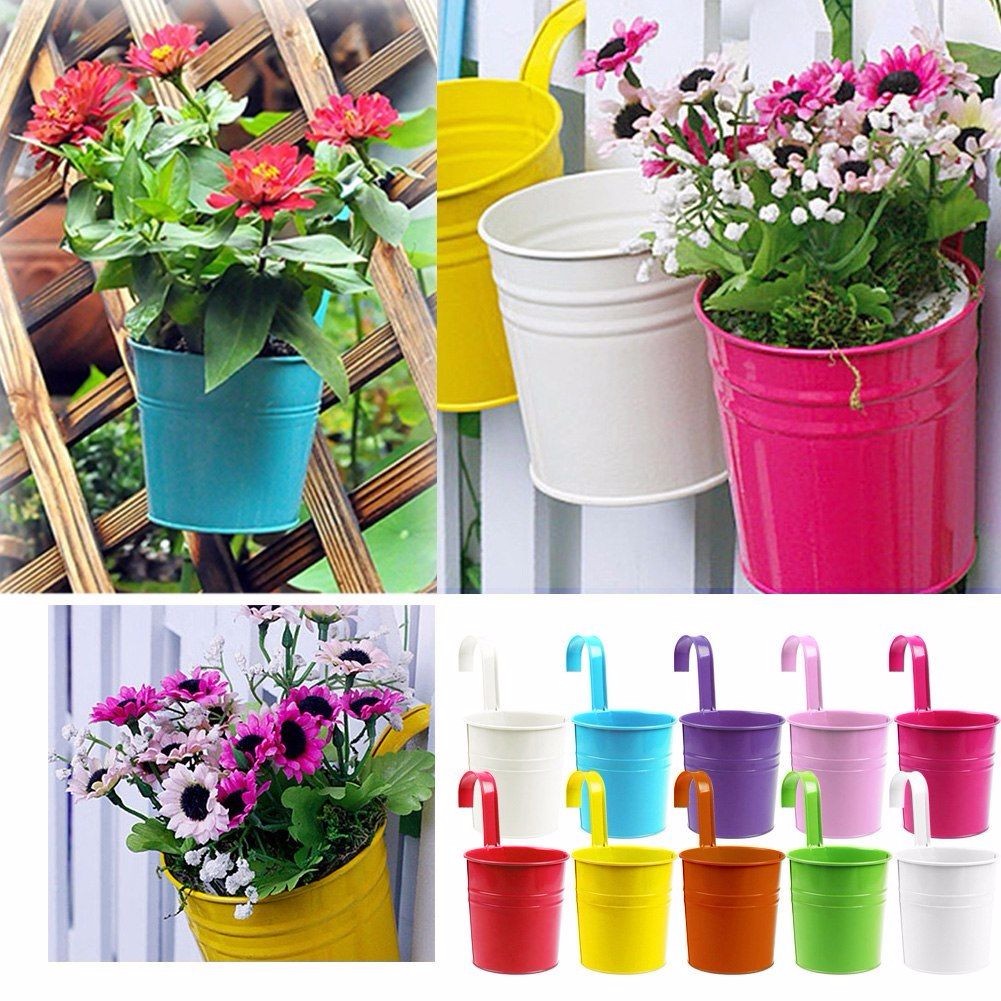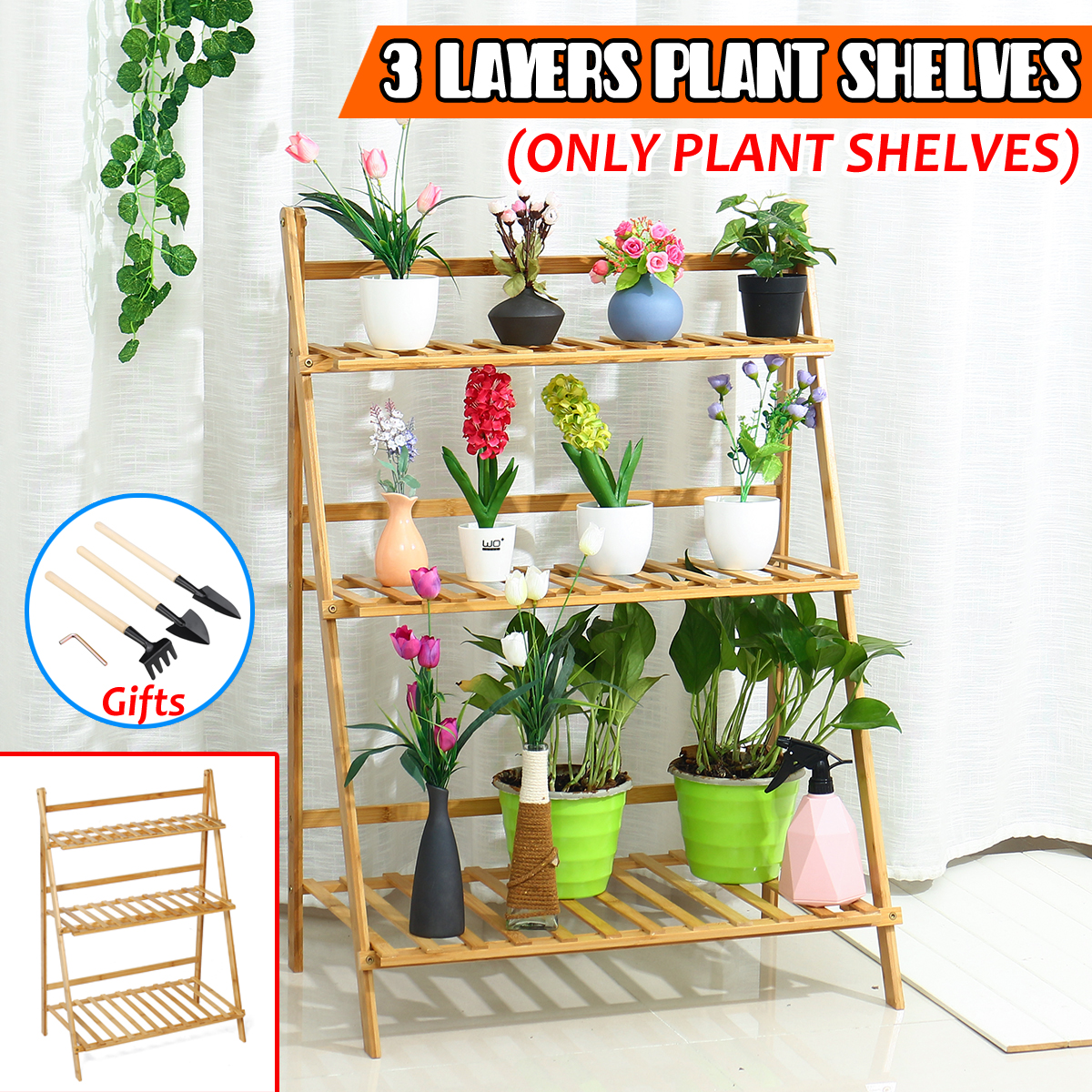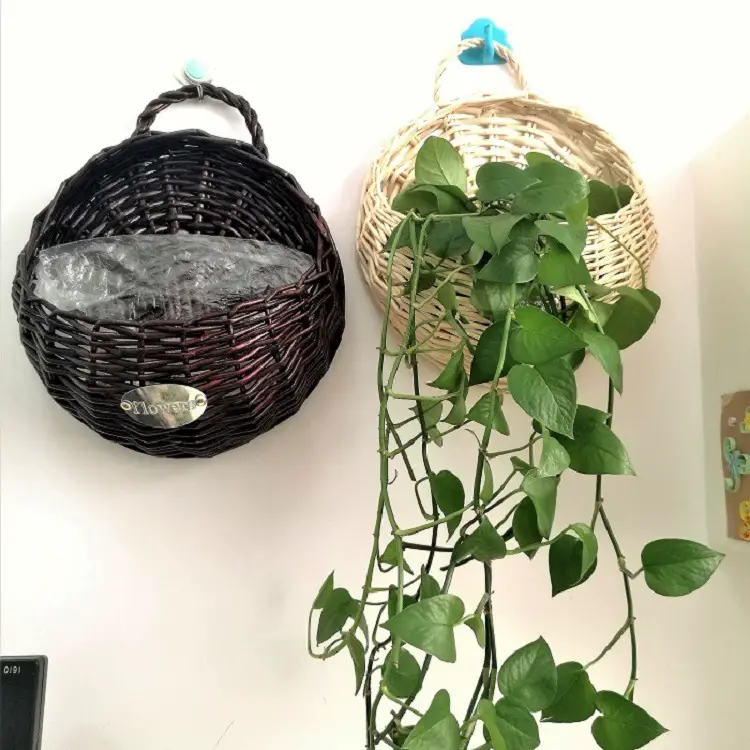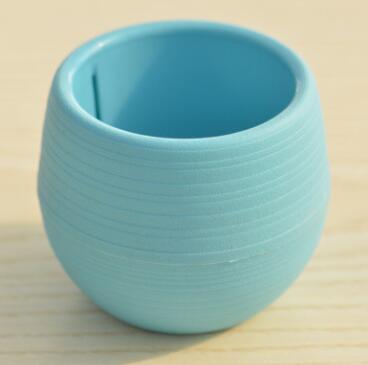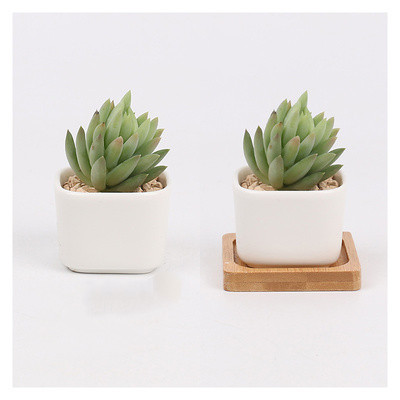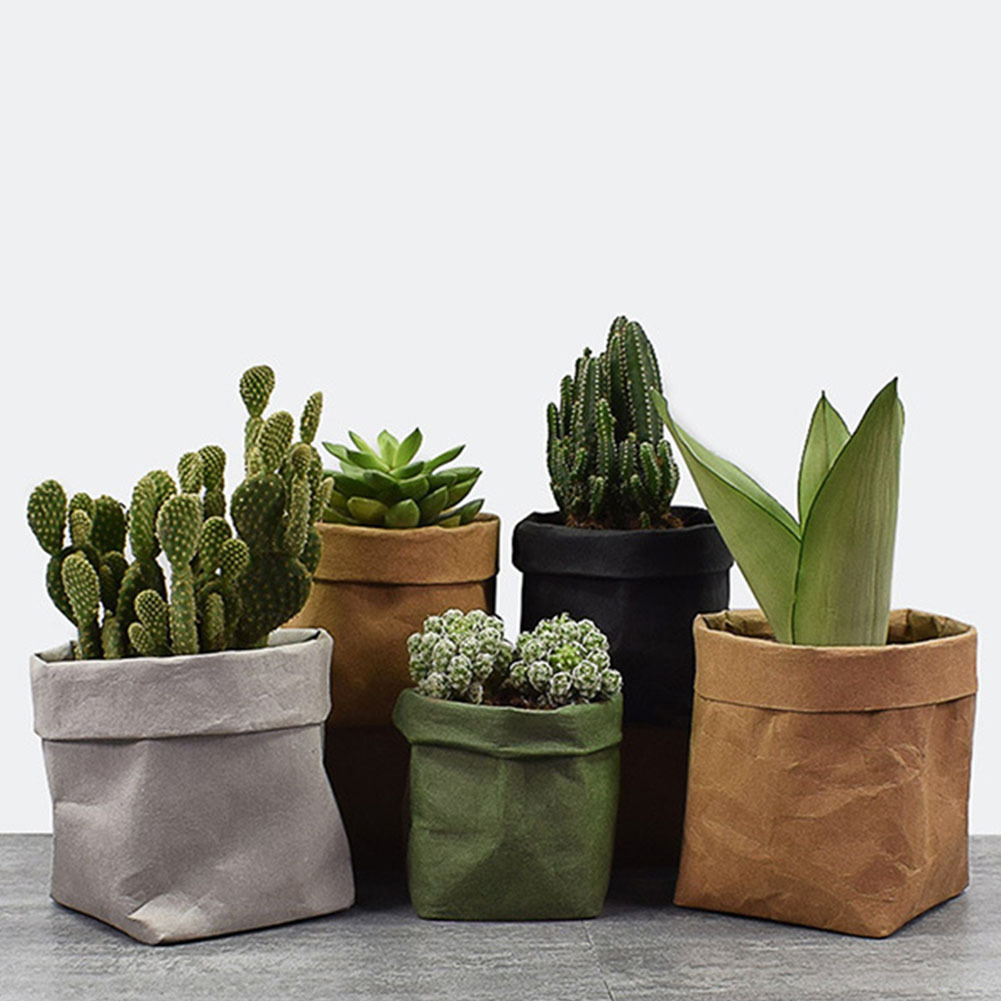Container Gardening Basics for Beginners and Enthusiasts Alike
Container gardening has come a long way from being a mere urban trend to a mainstream gardening technique embraced by people from all walks of life. Whether you’re a city dweller with limited space or a seasoned gardener looking for a convenient way to diversify your plant collection, container gardening offers versatility and a myriad of possibilities. This gardening method allows anyone, regardless of the space available, to enjoy the pleasures and benefits of cultivating their plants, flowers, and even vegetables. In this comprehensive guide, we’ll explore the fundamentals of container gardening, highlighting key aspects that will enrich your gardening journey, and dive into specialized topics such as the top herbs to grow and enjoy in your kitchen container garden and how to transform your patio with elegant junipers in containers.
Understanding the Basics of Container Gardening
Container gardening, simply put, is the practice of growing plants in containers rather than directly in the ground. It offers an attractive solution for those with limited space, poor soil conditions, or a need for flexible gardening arrangements. The options are boundless, as virtually any plant that can grow in soil can thrive in a container with the right care.
Choosing the Right Container
The type and size of the container are critical factors in container gardening. When selecting containers, consider the following:
-
Material: Containers can be made from various materials, including clay, ceramic, metal, plastic, or wood. Each material has its pros and cons. For instance, terracotta pots are porous and promote good airflow but tend to dry out quickly, while plastic containers retain moisture better but may offer less insulation.
-
Size: The container size should accommodate the plant’s mature size and root growth. A small container will restrict growth, while an oversized one could lead to waterlogging.
-
Drainage: Proper drainage is essential. Ensure your containers have adequate drainage holes to prevent water buildup, which can lead to root rot.
Soil and Potting Mix
The quality of the potting mix is as crucial as the container itself. Unlike garden soil, potting mix is specifically formulated for container gardening, ensuring optimal drainage, aeration, and nutrient retention. Look for a well-balanced potting blend, and consider incorporating perlite or vermiculite to improve aeration and drainage.
Watering Practices
Water management is a vital aspect of container gardening. Containers tend to dry out more quickly than garden soil, so regular watering is essential, especially during hot weather. However, overwatering can be just as detrimental as underwatering. Strive for a balance, allowing the top inch of soil to dry out between waterings.
Light and Location
The placement of your containers will directly affect plant growth. Most plants require a certain amount of sunlight each day, so ensure your containers are positioned according to the light preferences of your chosen plants. Evaluate your location for morning, afternoon, and evening sun exposure and adjust placement as necessary.
Top Herbs to Grow and Enjoy in Your Kitchen Container Garden
One of the most enjoyable aspects of container gardening is the ability to cultivate herbs that can be used in culinary endeavors. Herbs thrive in containers and are perfect for beginners and experienced gardeners alike. Here’s a look at some essential herbs you can grow in your kitchen container garden:
1. Basil
Basil is a favorite among many thanks to its aromatic leaves that are perfect for seasoning dishes or creating pesto. It prefers warm temperatures and plenty of sunlight. Pinching off flower heads encourages bushier growth and prolongs leaf production.
2. Mint
Mint is a hardy herb that can overtake a garden, which makes it perfect for containers where its spread can be contained. It’s refreshing and can be used in beverages, desserts, and savory dishes.
3. Parsley
Available in both flat-leaf and curly-leaf varieties, parsley is a versatile herb that enhances a wide array of dishes. It thrives in moderate sunlight and requires regular watering.
4. Thyme
Thyme is a low-growing herb that’s ideal for drying. It loves full sun and should be allowed to dry out slightly between waterings. Thyme’s earthy flavor complements roasted meats and vegetables.
5. Rosemary
This woody-stemmed herb prefers a sunny spot and dry soil. Its pungent aroma and flavorful leaves are perfect for a variety of meat and potato dishes.
6. Chives
Chives, with their mild onion flavor, are popular for garnishing salads, soups, and fish dishes. They are one of the easiest herbs to grow, requiring minimal care.
7. Cilantro
Cilantro is known for its zesty flavor and is a staple in many Asian and Mexican dishes. It prefers cooler temperatures and partial shade.
To maximize your indoor herb garden’s success, plant herbs with similar light and water needs together, use high-quality potting mix, and remember to rotate the containers regularly to ensure even light distribution.
Transform Your Patio with Elegant Junipers in Containers
Junipers are evergreen shrubs or trees renowned for their elegant appearance and adaptability. Incorporating junipers into your container garden can transform your patio into a lush and serene space. Let’s explore how these elegant plants can enhance your outdoor area:
Why Choose Junipers?
Junipers are exceptionally tough and resilient, making them an excellent choice for container gardening. Their diverse forms range from low-growing ground covers to upright trees, offering various options depending on the aesthetic and spatial requirements of your patio garden. Their year-round foliage makes them a standout component in any garden design.
Selecting the Right Juniper Varieties
Not all junipers are suited for container life, so selecting an appropriate variety is key. Here are a few options:
-
Dwarf Juniper Varieties: Compact varieties such as ‘Blue Star’ or ‘Nana’ are perfect for containers as they remain small and manageable, requiring minimal pruning.
-
Weeping Junipers: With their cascading branches, varieties like ‘Weeping Blue Juniper’ add a touch of elegance and work well as a focal point in container arrangements.
-
Columnar Junipers: For vertical interest, columnar varieties such as ‘Skyrocket’ provide height without taking up too much horizontal space.
Planting and Care
Junipers flourish with proper care and attention to detail:
-
Container Choice: Opt for large containers to accommodate root growth and anchor the plant. Ensure sufficient drainage to prevent waterlogged roots.
-
Soil Mix: Use a well-draining soil mix amended with sand or grit to mimic their natural environment and reduce root rot risk.
-
Sunlight and Water: Most junipers thrive in full sun, which enhances their vibrant foliage. They are drought-tolerant once established, but new plantings will need regular watering.
-
Pruning and Maintenance: Prune during early spring to maintain shape and remove any dead or diseased branches. Fertilize sparingly, as junipers are not heavy feeders.
Junipers offer a refined look and enduring appeal for container gardens. With the right variety and care, they can add dynamic forms and textures to your patio, creating a tranquil and inviting space.
Combining Aesthetic and Function in Container Gardening
The beauty of container gardening lies in its versatility and adaptability, allowing gardeners to blend form and function seamlessly. From the practical aspect of growing culinary herbs to the visually captivating displays of junipers, container gardening enriches both indoor and outdoor environments. For beginners, it’s an accessible entry into the world of gardening. For enthusiasts and seasoned gardeners, it provides an opportunity to experiment with design and plant combinations.
Whether you’re greening a small balcony or enhancing a spacious yard, container gardening opens up a world of plants and possibilities. By understanding the basics of container care, tailoring your plant choices to your needs, and exercising creativity, you can cultivate a beautiful, sustainable, and personal garden any time of the year. In embracing container gardening, you not only enhance your living space but also contribute to biodiversity, creating mini-habitats and ecosystems that enrich our world.


